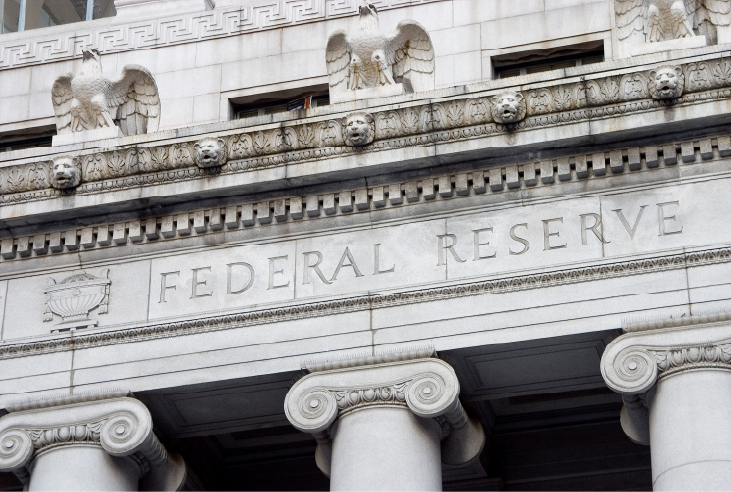
Interest Rate Cuts Offer Potential Relief to Commercial Real Estate
The Federal Reserve’s decision on September 18th to lower the target range for the federal funds rate by half a percentage point has been met with optimism by many in the commercial real estate industry. This rate cut, characterized as more aggressive than anticipated, is expected to provide a much-needed boost to the industry following a period of significant challenges.
Here’s a look at the potential impact of interest rate cuts on the CRE sector:
-
Easing the Credit Crunch: The aggressive interest rate hikes implemented by the Federal Reserve beginning in 2022 to combat inflation significantly impacted CRE dealmaking. High interest rates made it difficult to secure financing for buying, selling, refinancing, or developing properties. The recent rate cut, along with the possibility of additional cuts in the coming months, is anticipated to unlock liquidity in CRE financing. This renewed access to capital could potentially revive deals that were stalled due to the high cost of borrowing.
- A Boost to Certain Sectors: While the overall impact of the rate cuts is positive, certain CRE sectors are expected to benefit more than others. Multifamily stands to gain significantly from the recent rate cut, as many multifamily loans are structured with floating rates. Lower rates could translate into lower monthly payments for borrowers and potentially stimulate investment activity in this sector. Industrial real estate is also expected to benefit from the rate cuts. Strong fundamentals within the industrial sector, driven by factors like the growth of e-commerce and near-shoring, suggest continued demand in this area, even in a fluctuating interest rate environment. The office sector, on the other hand, faces significant uncertainty. High vacancy rates, fueled by the rise of remote work, coupled with concerns about the long-term viability of traditional office spaces, make this sector less likely to experience immediate relief from the rate cuts. Experts believe that more significant changes, beyond interest rate reductions, are needed to address the fundamental challenges facing the office market.
It’s important to note that while the rate cuts are viewed as a positive step, they are not a cure-all for the challenges facing the CRE industry. Delinquencies Remain a Concern. Despite the recent rate cut, CRE loan delinquencies continue to rise. The gap between the interest rates on existing loans and those on new loans remains significant, posing refinancing challenges for some borrowers. This difference in rates is unlikely to be fully bridged by a single rate cut, suggesting that some level of distress within the market will persist.
Broader economic factors, such as inflation, insurance costs, and real estate taxes, continue to exert pressure on the CRE market. These factors, combined with existing occupancy issues and cash flow concerns, can create significant challenges for property owners, particularly those with lower-quality assets or those facing upcoming debt maturities.
While the long-term effects of the rate cuts are yet to be fully realized, the overall sentiment within the CRE industry is cautiously optimistic. The rate cut is seen as a crucial first step in potentially shifting the industry toward recovery by mid-2025. Experts suggest that it may take time for the full impact of this and subsequent rate cuts to be reflected in market activity. However, it’s crucial to acknowledge the significant distress already present in the market. While the rate cuts offer some relief, a full recovery will likely necessitate a combination of factors, including sustained economic stability, ongoing adjustments to property valuations, and a willingness from both borrowers and lenders to navigate the evolving CRE landscape.


